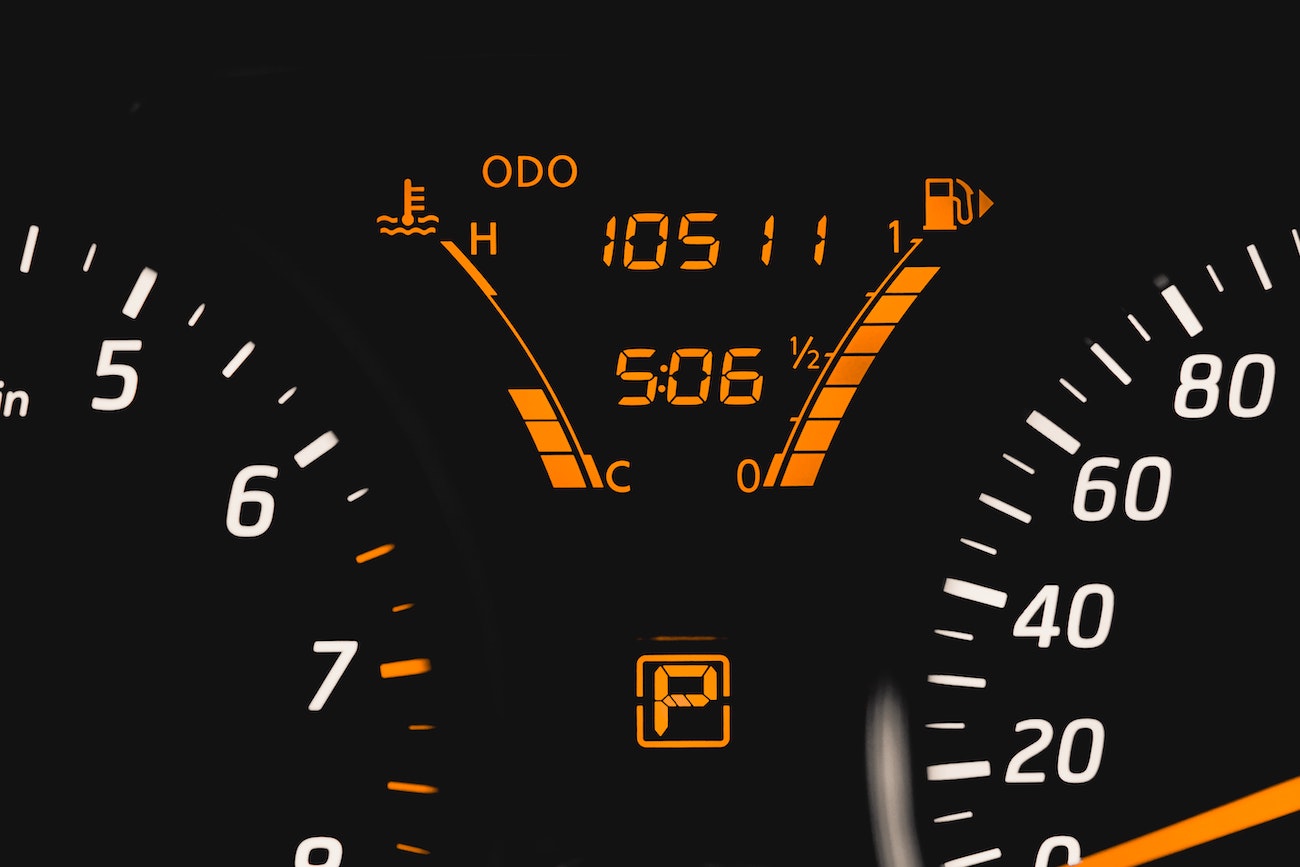Purchasing a new or used car is an exciting time, and there’s a lot to consider before signing on the dotted line. First, you need to establish a budget and determine what you can afford. If you plan to trade in your current car, you’ll want to research its value and consider what the dealership will offer you. You also need to decide on a make and model and whether you will pay in cash or apply for a loan.
However, a critical aspect that many prospective car buyers often forget is the car’s mileage.
Is There a Standard Number of Miles a Car Should Have?
It’s no secret that the mileage shown on a car’s odometer can impact its price, as a vehicle with higher mileage will often have a lower value compared to low-mileage vehicles. However, while lower in pricing, high-mileage vehicles are often more at risk from an unexpected breakdown or repairs, which can add up over the time you own the vehicle.
Before you sign the dotted line, identifying the ideal mileage that a new and used vehicle should have can help you avoid any unexpected and unwanted repair bills.
New Cars
Often, when someone discusses purchasing a “brand new” vehicle, they can perceive that the odometer shouldn’t be higher than a handful of miles. But the reality is, your new car could be a “dealer trade” or one that’s been on several test drives that ultimately add to the mileage count. While single digits are ideal, some cars may have significantly more miles on them.
If you consider purchasing a brand new vehicle that already has over 300 miles on it, Edmunds recommends negotiating a lower price and asking for the “in-service date.” The in-service date identifies when a vehicle’s factory warranty coverage begins and will determine how much warranty coverage the car has left.
Used Cars
According to the US Department of Energy, US drivers travel 11,467 miles annually in their vehicles. In addition, standard auto leases limit drivers to 10,000–15,000 miles a year, with many averaging 12,000 miles. Considering these averages, a 2012 model year vehicle should ideally have around 100,000 miles
on its odometer, while a 2014 model year should have around 77,000 miles and a 2017 model year with 43,000 miles. However, while finding a vehicle within the annual mileage rate is a great starting point, it does not tell the whole story as some 2017 vehicles can have over 100,000 miles, while a 2014 model year may have 43,000 miles.
When you find a vehicle well above or below its ideal mileage, it’s important to identify two key aspects: how well previous owners maintained the vehicle and the type of driving the vehicle has done.
What’s the Difference Between City Miles and Highway Miles?
City driving affects cars differently than highway driving, as the frequent stop and go at traffic lights and stop signs within city limits can cause your vehicle to use more fuel quicker. You also encounter more road obstacles like potholes, rocks, or uneven pavement that can affect your car’s suspension, brakes, engine, transmission, and tires.
Highway driving, however, tends to be much smoother as your vehicle will stop less frequently while maintaining a constant speed for longer, helping you save on gas money. More consistent highway driving will more likely leave a vehicle in better shape than driving the same amount within city traffic.
One way to tell if a car has been driven more regularly on a highway is by comparing the vehicle’s age to the number on the odometer. If the vehicle is only a few years old and its mileage is high, those miles are likely highway miles. Putting a significant number of miles on a car in a short amount of time would be challenging within a city.
Another way is by checking the car’s body for scrapes, dents, and “curb rash” wheel damage, which can indicate more frequent or everyday city driving. Curb rash is the term used to describe scuff marks, bumps, and scratches on your car’s wheels or rims that can happen when you park or hit a curb, pothole, or other road obstruction more frequently found within cities and towns.
Is It Bad if a Car Has Fewer Miles Than Expected?
Not every car owner drives every day. So finding a 10-year-old car with only 75,000 miles is possible, and it could end up being an excellent bargain. However, this is true only if the previous owner kept up with the vehicle maintenance schedule.
A car driven less often still requires regular oil changes and other routine maintenance services to help avoid any breakdowns or unexpected repairs. A vehicle’s engine and other components can experience damage if a driver does not properly maintain the automobile.
If you are unsure if the vehicle you are looking to purchase has been neglected, one step you can take is to request a pre-purchase car inspection (PPI). When a certified mechanic completes a PPI, they will check for any dents or scrapes on the car’s body, as well as other components like the:
- Suspension
- Braking system parts and lines
- Fuel lines, gas tank, and exhaust system
- Electrical parts
- Engine
If the inspection finds any significant issues, it may be best to look for another vehicle. We also recommend that car buyers request a service history report, though not every dealership will provide this information. A service history report, such as the CARFAX Vehicle History Report, may include records of a car’s:
- Accident data
- Ownership history
- Type of use
- Mileage milestone services
- Maintenance and safety inspections
It is also important to remember that some vehicles are more reliable than others, with brands such as Toyota and Honda being known for cars that are built to last. So while finding a car with 120,000 miles or more doesn’t necessarily mean you shouldn’t consider it for your next purchase, it does mean you should do your research and check the car’s fair market value to see if the selling price is worth it or not.
Staying Safe on the Road With Extended Warranty Coverage
As you shop for your next high-mileage used car or a low-mileage new vehicle, ensuring you’re protected from mechanical breakdowns is also critical. Without a manufacturer’s or an extended warranty, you could be left paying out-of-pocket expenses for any breakdown or repair bill not covered by your auto insurance policy.
When looking for a new or used vehicle, ask your dealer if the original factory warranty is still active or if it has expired before you commit to buying the vehicle. If the car is still under contract, you’ll want to know how many years/miles are left.
If your vehicle is past its factory warranty, purchasing an extended warranty can help. While many dealerships can offer an extended warranty to your vehicle, many third-party providers can also provide warranty coverage on a wide variety of vehicles. With the right plan in place, you could also save even more thanks to extra benefits and perks, such as roadside assistance services and more.
For more information, check out our top extended warranty providers to help you find the best breakdown protection for your car today.





